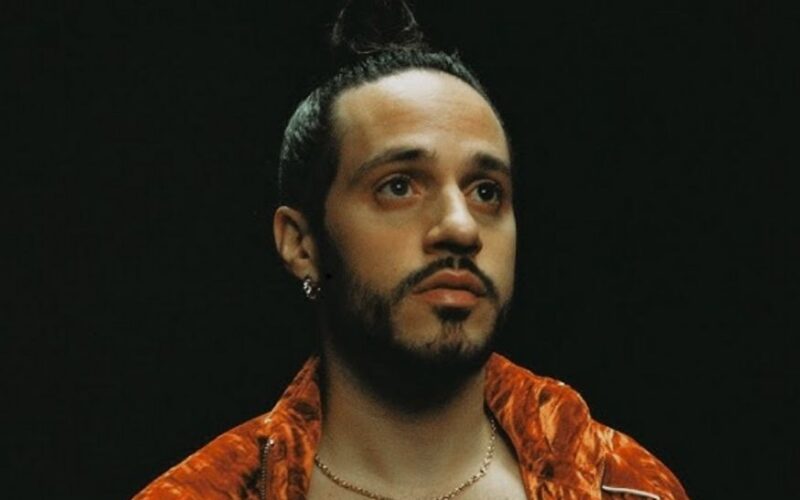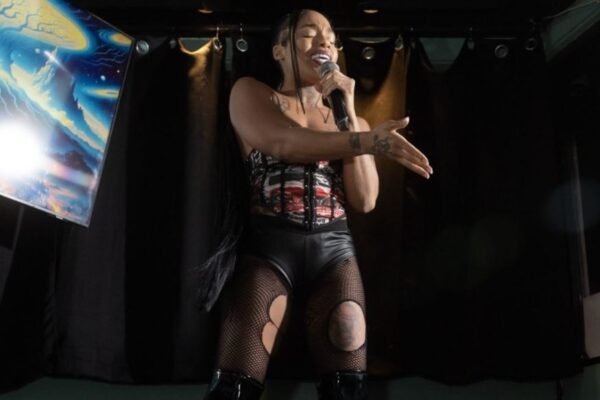Rapper and outspoken independent music advocate Russ is challenging Roc Nation’s newly launched music distribution platform, arguing that the company’s 85/15 split—where artists keep 85 percent and Roc Nation keeps 15 percent—offers little more than a branded upload service. His critique reinforces a growing tension in the music business: major entertainment companies want to tap into the booming independent market, but often without offering the services or support that justify taking a percentage of an artist’s income.
Roc Nation’s new distribution model quickly grabbed attention for its name recognition, but Russ says artists should look deeper. Posting on X, he criticized the platform for taking what he called “a madness” of a cut for simply pressing upload. To him, the problem is not Roc Nation specifically, but what the model represents; big companies stepping into the indie space without bringing true value.
“An 85/15 split to press ‘upload’ is madness… If you’re an artist, this makes no sense,” Russ wrote. In other comments, he argued that if a company isn’t offering playlisting support, marketing, relationships, roll-out strategy, or real infrastructure, then taking 15 percent forever is a bad deal.
United Masters Faced Similar Pushback Early On
Russ’s criticism immediately drew comparisons to the early days of United Masters, which originally operated on a 90/10 split—keeping 10 percent of the artists’ royalties on distributed music. Many independent artists, especially those who already had traction, resisted the percentage model because they understood the long-term cost of giving up royalties without receiving label-level services in return.
United Masters eventually expanded and introduced subscription tiers like “Select,” which allow artists to keep 100 percent of their royalties for a flat fee. Today, the platform still offers both models: some plans take a percentage, and others are flat-fee with full royalty ownership. That shift in options reflected a clear truth: independent artists who know their business overwhelmingly prefer flat-fee distribution unless real services justify a revenue split.
Independents Know the Numbers—and That’s Why They Stay Independent
For many artists who operate outside the major label system, the idea of giving up 10 percent or 15 percent for distribution alone is unthinkable. The most successful independent musicians thrive precisely because they understand their finances, protect their ownership, and reject unnecessary percentages that drain long-term revenue.
That’s why artists like Russ, Chance the Rapper, and Kota the Friend, along with many others, have built their reputations on independence. They created sustainable careers by keeping their masters, controlling their distribution choices, and maintaining autonomy over their creative output. To them, independence is both a financial strategy and a philosophical one.
These artists aren’t just talented; they’re business-minded. They study splits. They know how streaming royalties work. They fund their own visuals, marketing, and recording, so every percentage point matters. For them, a percentage-based deal with no tangible services isn’t a partnership, it’s a loss.
The Bigger Picture: Legacy Names Want In, But Value Still Matters
The larger issue Russ is highlighting is that legacy entertainment companies entering the independent distribution space cannot rely on brand power alone. Today’s independent artist expects real, measurable support: playlist pitching, sync opportunities, marketing strategy, data insights, editorial relationships, content funding, and genuine A&R guidance.
If a company is not providing those services, then, as Russ puts it, artists must ask themselves what they’re actually paying for.
“Do the math,” he said. “If they’re not bringing resources, relationships, or strategy, then what are you really paying for?”
That sentiment resonates across the independent community. The indie ecosystem is more educated, more empowered, and more financially literate than ever before. Percentage-based distribution without clear value is quickly becoming an outdated model.
A Turning Point for the Independent Music Economy
Roc Nation has not yet released a detailed breakdown of what additional services, if any, will accompany its 85/15 distribution split. But Russ’s critique lands at a moment when independent artists are unwilling to trade ownership or revenue for minimal support.
As the independent sector continues to grow into a multi-billion-dollar branch of the music industry, artists are proving that knowledge, not just talent, is the foundation of true independence. The ones who succeed do so because they understand the numbers, protect their masters, and refuse deals that don’t align with their long-term freedom.
Russ’s message is simple: if independence is the goal, percentages must come with value, or not come at all.














Leave a Reply